You can get relief from shoulder pain by using a tennis ball on the shoulder. The process is fairly simple and effective. However, you will need to be careful to avoid a few basic mistakes. Done well, you get relief. Done poorly, you can aggravate the problem.
The Landscape
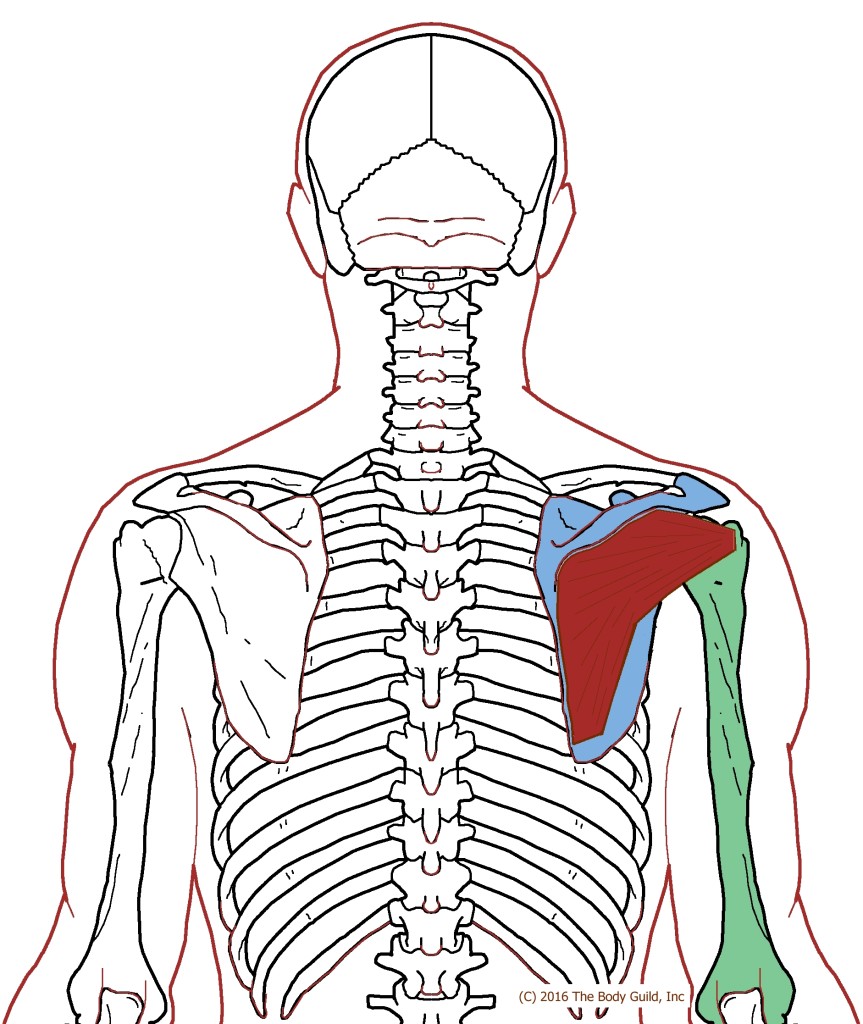
The Playing Field
The infraspinatus is a tough, flat muscle that lives on the lower surface of your shoulder blade.
Your shoulder blade has a “spine.” It is that hard ridge that starts at the tip of your shoulder. The “spine” of your shoulder blade slopes down and toward the middle of your back. It is usually straightforward to find.
“Infraspinatus” means below the spine.
You want to work the flat surface of the shoulder blade (shown in blue) below that spine. You don’t want to get on the back of the humerus (shown here in green). Doing so will push the humerus forward and aggravate the trigger points in this muscle.
The Tool
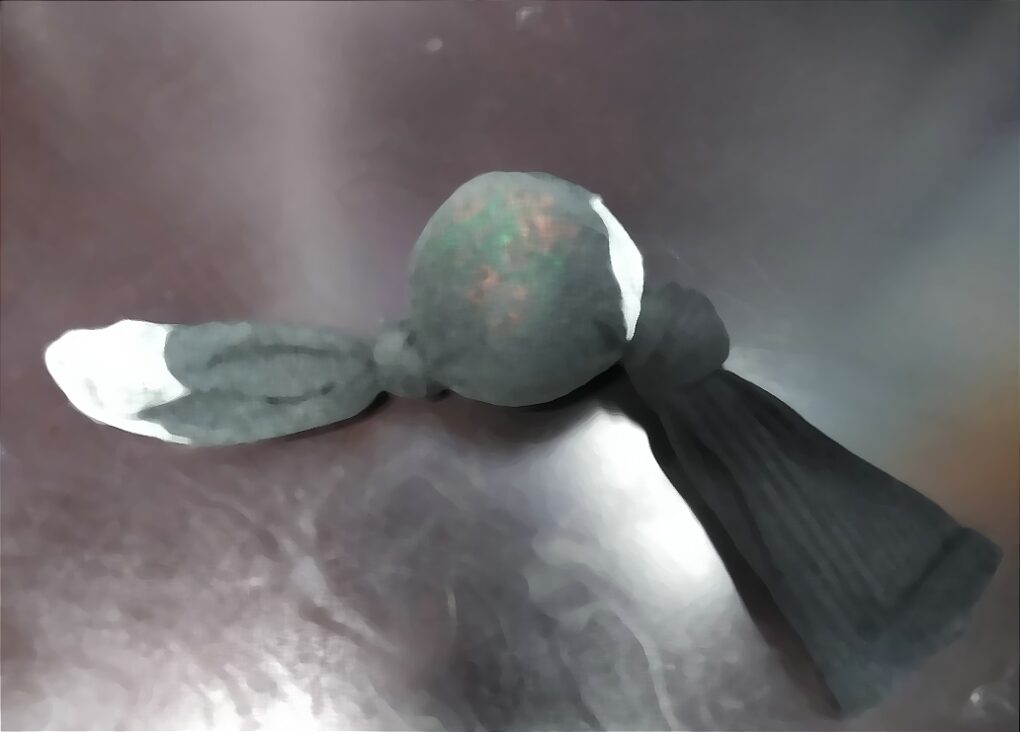
OK. First, let me say that the tennis ball is a great solution. The thing is, most people want to see if they can find something softer. Or harder. Or bigger. Or smaller. The tennis ball, especially in a sock, is handy and meets most needs. Still, I have clients who use a smaller, softer racketball. Others use a baseball or a big softball. Do what works for you, but a tennis ball in a sock usually works well.
I use a tennis ball by itself, but I’ve been doing this for a long time and know exactly how to get it where I want it. Most clients fumble and struggle with the ball when it is loose. A long sock with a ball tied in the middle or on one end is much easier to control. Do what works for you, but a tennis ball in a sock usually works well.
Putting the tennis ball in the freezer makes it even more effective. The cold sensation, like ice and stretch, offers some additional release. To help, freeze the sock with the tennis ball so that you lose less of the cold. It might make your spouse happier if you put all that in a zip lock baggie. Do what works for you, but a tennis ball in a sock usually works well. Frozen is even better.
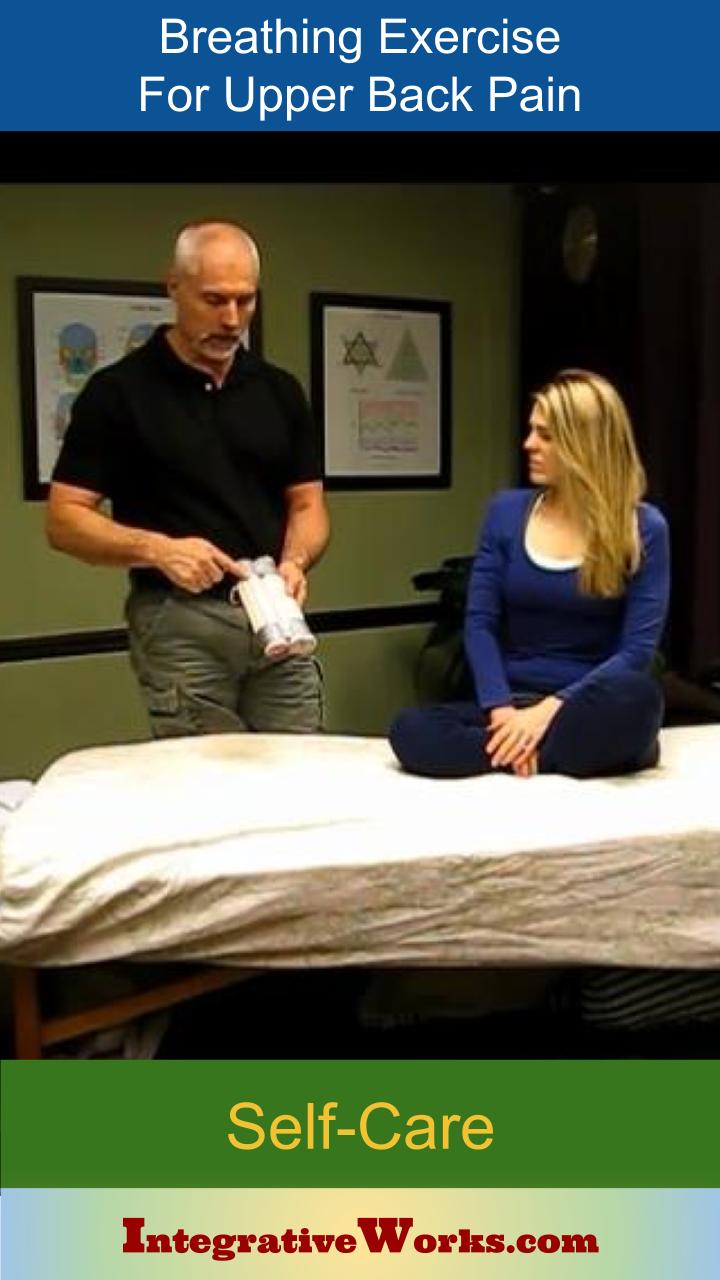
Other Tools…
I was talking to one of my clients about this post. He lit up and explained that he does this, but with two tennis balls in a sock. He uses them to dig in around his spine. I asked him if he ever seemed to jam up his back and make it worse. He said that he had. If you want to work along the spine, look at this post. Correctly loosening those vertebrae in your upper back will help with this shoulder problem. Do what works for you, but a tennis ball in a sock usually works well.
Some of my clients have bought tennis-ball-like things on a stick. Amazon sells some tennis ball massager things. Also, they sell bigger things. And smaller ones. And more Spikey. And cushier. You can control the pressure by leaning a little more or less into the tennis ball. Do what works for you, but a tennis ball in a sock usually works well.
By the way, Amazon sells tennis balls for massaging and king-sized socks.
Release with static Pressure

You can lean into a tennis ball to gently compress the trigger points. Usually, people take this approach for pain relief when the shoulder is chronically aggravated and needs relief. At that point, you need to be careful and avoid overworking the muscle.
Some people prefer a little more aggressive approach. Generally, these folks like the “good pain” that they get from working the aggravated spot. In this case, those people need to be careful to avoid overworking this spot. Too much time or pressure will irritate the trigger point. If you do that, look at the stretching below.
Some find it easier to position and control the ball by laying on the floor instead of standing. I don’t. I find that leaning into the wall gives me greater control of the pressure. Consequently, I tend not to overwork the trigger point.
Finding the right area.
The tennis ball in the sock makes it easier to find the right spot. I start by placing the tennis ball just under the spine of the scapula. I aim for the middle of that ridge. The trigger points that create pain in your shoulder while sleeping are right there.

Be Gentle. Take Your Time.
Wait a few seconds until the ball settles and the muscle relaxes a little. If it isn’t relaxing, don’t lean into it so hard. Once it softens a bit, you can move the ball around by shifting your shoulder or torso.
Move the ball a little until you seem to be edging up on a painful knot. Get close but not right on the spot so that it screams with pain. Then, give it 5-30 seconds to relax. If it seems to keep softening, hang out on that spot for up to 90 seconds. If it softens, move further into that spot or to another irritated area.
Here a a few pointers that will make this work better:
- Be gentle. Aggressive pressure will aggravate the spot.
- Limit your time. Prolonged work may also aggravate the muscle.
- Stay on the shoulder blade. Rolling onto the back of the humerus can make this worse.
- Don’t expect to completely release the trigger point. These trigger points always seems to be tender when pressed, even on people without shoulder pain.
- If you’ve irritated the muscle, soothe the shoulder by stretching under a hot shower, or using a vapo-coolant, like Icy-Hot.
Release with stretch
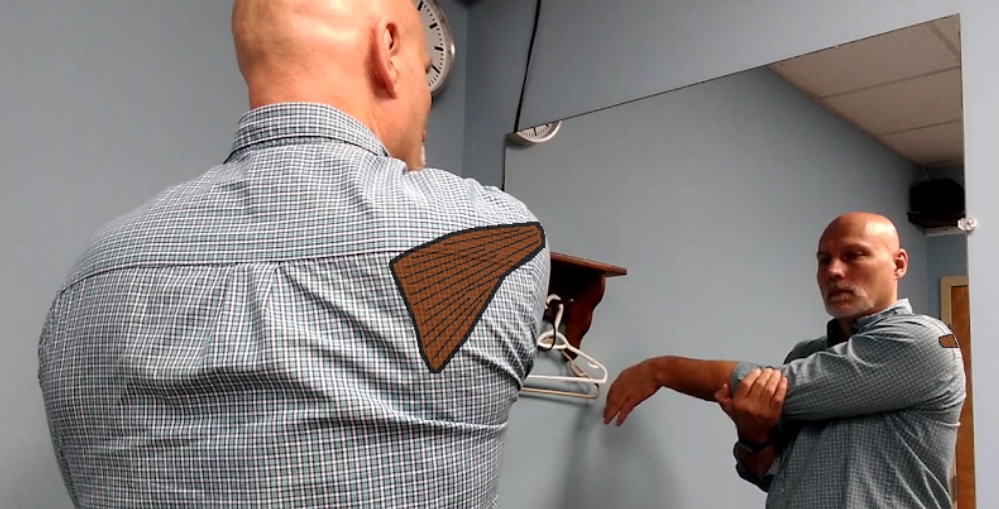
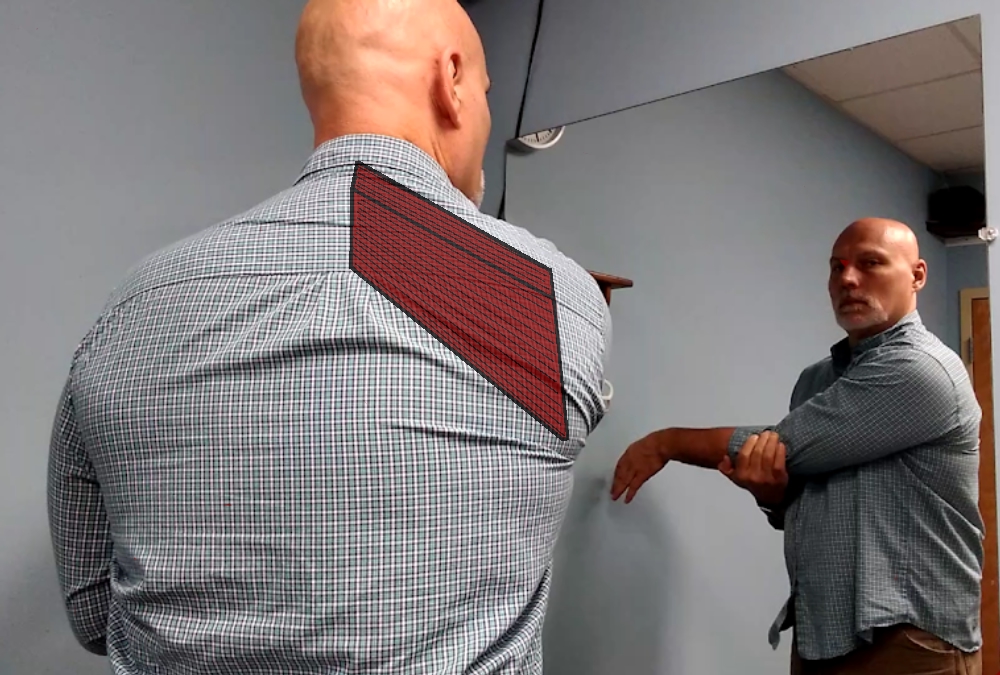
but catches the infraspinatus too.
This is a classic stretch that is shown on many websites. It seems simple. However, there are a few things that will make it more effective.
- In the first picture, I have kept the shoulder blade close to the spine, In this case, folding the arm across my chest targets the shoulder muscles. I am focused on moving the shoulder joint. This targets the shoulder muscles like the posterior deltoid, teres minor, and infraspinatus.
In the second picture, the stretch is ok but not as effective. I have also folded the arm across my chest. However, I have pulled the shoulder blade away from the spine. This variation targets the extrinsic back muscles but still stretches the shoulder muscles. This includes rhomboids, trapezius, and the upper sections of the latissimus dorsi. - Use the techniques of Active Isolated stretching or Ice-and-Stretch. They will make this faster, more comfortable, and more effective.
- The heat of the shower works a lot like ice-and-stretch. So, if you’re not in aching pain and would like to get your daily stretches, this works well under the spray of a hot shower.
- If you’re at work and it isn’t convenient to shower or ice, use a vapocoolant patch like IcyHot or SalonPas. Keep a few in your desk. Put on a patch and, with a few reps of stretches, you can have relief for the rest of the day.
Support Integrative Works to
stay independent
and produce great content.
You can subscribe to our community on Patreon. You will get links to free content and access to exclusive content not seen on this site. In addition, we will be posting anatomy illustrations, treatment notes, and sections from our manuals not found on this site. Thank you so much for being so supportive.
Cranio Cradle Cup
This mug has classic, colorful illustrations of the craniosacral system and vault hold #3. It makes a great gift and conversation piece.
Tony Preston has a practice in Atlanta, Georgia, where he sees clients. He has written materials and instructed classes since the mid-90s. This includes anatomy, trigger points, cranial, and neuromuscular.
Question? Comment? Typo?
integrativeworks@gmail.com
Follow us on Instagram

*This site is undergoing significant changes. We are reformatting and expanding the posts to make them easier to read. The result will also be more accessible and include more patterns with better self-care. Meanwhile, there may be formatting, content presentation, and readability inconsistencies. Until we get older posts updated, please excuse our mess.


